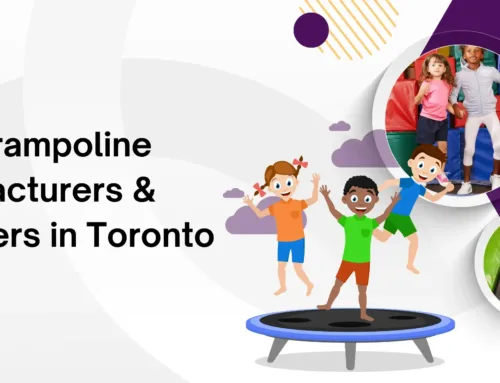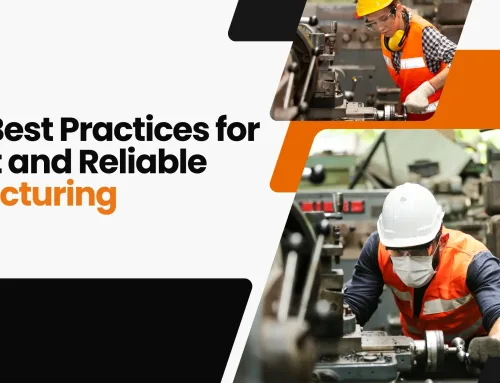Employee transport helps to ensure punctuality, productivity, and employee well-being. A well-planned transportation system can ease the daily transportation hassle and make employees feel valued and more focused at work. With employers concerned about workforce health, streamlining transportation is now a necessity, not just for convenience, but also as a differentiator in talent retention. Below are six tips on how to make employee transport not only efficient but also actually comfy.
Prioritize Vehicle Quality and Maintenance
The foundation of a good ride begins with the vehicle. Ensure the vehicle fleet is current, properly maintained, and optimized to local climate and road conditions. Features such as sufficient legroom, comfortable seats, air conditioning, and proper suspension systems go a long way in enhancing the passenger experience.
Regular maintenance minimizes breakdowns and keeps cars in their best condition, contributing to a safe and hassle-free ride. Omitting concern for vehicle quality can cause discomfort and even absenteeism, and companies might therefore spend money on good-quality, ergonomically-fitted vehicles that are appropriate for daily commuting. Vehicles should also be equipped with the necessities like clean interiors, charging points for phones, and proper lighting.
Optimize Routes for Time and Comfort
Employee productivity and satisfaction are directly correlated with commute time. Optimizing non-redundant, traffic-avoiding routes can greatly reduce travel time. Use data-driven mapping tools to design sequential pick-up and drop-off points that avoid unnecessary detours and rides.
Design with employee clusters and residential patterns to provide the majority of a direct commute. Staggered pick-up times were feasible to align with shift times and avoid overcrowding. Intelligent routing not only provides comfort but also reflects the care of the company for employees’ time. Dynamic routing can also be made to act upon changing traffic in real-time. Time-efficient routes not only save time and fuel but also make the everyday commute more predictable and less tiring.
Embrace Managed Transport Solutions
In-house transportation systems can get complex when a business expands. That’s where handing over to seasoned suppliers can be a game-changer. Companies that invest in the best managed transportation services that integrate technology, analytics, and customer support can achieve higher consistency and satisfaction. These services do everything from route planning and scheduling to real-time tracking and management of feedback. They bring innovation through fleet upgrade, automated scheduling, and measuring performance challenging to achieve in-house. As businesses grow, managed solutions allow transportation to scale efficiently without compromise on comfort and reliability.
Maintain Clear and Timely Communication
Real-time updates are essential to provide seamless transportation management. Workers value prompt notifications of delays, estimated times of arrival, or route disruptions. The use of GPS tracking and mobile communication systems allows drivers and management to organize business trips efficiently and remain in contact with passengers. Such openness helps minimize stress and keeps employees well-informed, particularly during uncertain weather or traffic conditions. Communication tools must be user-friendly, accessible by any device, and offered in a variety of languages if necessary. With open channels of communication, companies demonstrate reliability, which translates to trust and general satisfaction on the part of workers.
Ensure Safety and Security Measures
Comfort is not merely physical convenience; it is psychological reassurance. Equip vehicles with GPS locators, CCTV cameras, and panic buttons to offer security for travelers. Employ trained and screened drivers who are not only safe drivers but also familiar with the importance of respectful conduct.
Have well-defined late-night transportation procedures in place, especially for women staff, like female cars or a buddy system. Companies that manage safety beforehand create a sense of confidence and care, creating employee morale and assurance throughout the course of their travel on a daily basis. Security reviews periodically and mock drills can also prepare organizations more effectively for emergencies. A visible emphasis on safety can make a big difference in how safe and nurtured employees feel on their journey to and from the workplace.
Encourage Feedback and Continuous Improvement
Even the most proficient systems require occasional tuning. Providing means for employees to give feedback encourages a culture of communication and continuous improvement. Online surveys, rating features in applications, or weekly meetings determine the pain points and preferences. Addressing issues promptly demonstrates that the company is concerned about employee experience.
Asking for data on repeated complaints or suggestions can uncover patterns, such as timed pick-ups during the wrong time or cleanliness. Over time, incorporating this feedback can transform transport from an amenity into a valued employee benefit. Feedback loops close the gap between corporate intention and employees’ experience.
In conclusion, convenient employee transportation is not merely a logistical concern; it’s a guarantee of workplace health and operational uniqueness. With this essential advice, organizations can transform daily commutes into instances of convenience and dependability. By doing so, they not only enhance productivity but also create a happier, devoted, and more enthusiastic workforce. A well-designed transport system becomes more than an amenity; it’s a differentiator.










